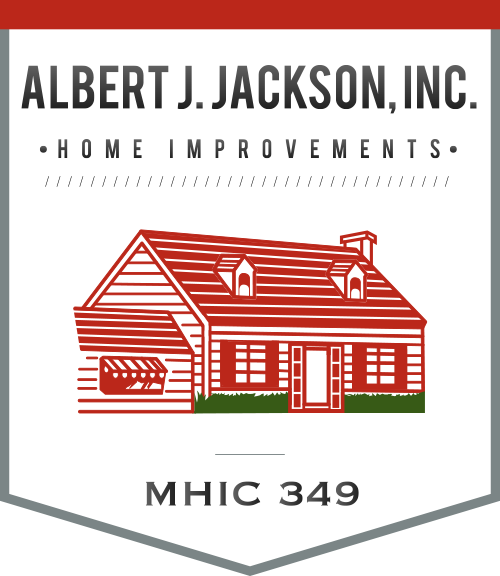Delving into the realm of architectural evolution, the flat roof emerges as a cornerstone that epitomizes both ancient and modern design eras. While the inception of this architectural feature can be traced back to ancient civilizations such as the Egyptians and the Mesopotamians, its resurgence in the modern architectural lexicon signifies a leaning towards minimalism and functionality.
In the early 20th century, the flat roof became a hallmark of modernist architecture, championed by stalwarts of the Bauhaus movement, who appreciated its simplistic beauty and utilitarian virtues. As we traverse into the contemporary architectural narrative, this style of roofing continues to be favored for its sleek aesthetics and versatility, adapting seamlessly into urban landscapes and offering a canvas for innovative design interventions.
What is its Purpose
At its core, a flat roof serves the foundational purpose of protecting a structure from the elements, just as any other roof would. However, its unique geometry lends itself to a range of other functionalities that extend beyond mere shelter.
It offers an expansive surface that can be utilized for various innovative applications, including, but not limited to, green roofs, solar panel installations, or a recreational terrace space. Moreover, the horizontal layout of this roofing style allows for easy maintenance and inspection, given the walkable surface it presents.
Its simplicity in design not only facilitates streamlined construction processes but also offers a canvas for modern, minimalist architectural narratives, merging form with multifunctional utility.
What Materials are Used in Flat Roof
- Bitumen: Often applied in layers, it offers a durable and waterproof solution.
- PVC Roofing: Lightweight and resilient, this material is known for its longevity and resistance to various environmental factors.
- TPO Roofing: A popular choice due to its energy efficiency and ability to reflect sunlight, thus reducing heat absorption.
- EPDM Roofing: A synthetic rubber material, it stands out for its durability and resistance to weather conditions.
- Green Roofing Materials: Incorporating vegetation and soil, it transforms the roof into a green space, enhancing insulation and contributing to environmental sustainability.
- Concrete: Provides a sturdy and durable surface, often used in commercial buildings for its load-bearing capacity.
- Metal Roofing: Offers a long lifespan and can be fashioned into a flat surface with proper seaming and waterproofing techniques.
Methods to Repair
When addressing the repair needs of a flat roof, it is essential to approach it with precision and expertise. The first step is conducting a thorough inspection to identify potential problem areas such as leaks, ponding water, or material degradation.
Subsequently, repairs might involve patching small areas with compatible materials or replacing entire sections if damage is extensive. Proper drainage systems should be in place to prevent water accumulation, and the surface should be maintained regularly to avoid debris buildup that might obstruct water flow.
In addition, protective coatings might be applied to enhance the roof’s resistance to environmental factors and extend its lifespan. Utilizing the services of professionals with expertise in flat roofs can ensure effective and long-lasting repairs.
Roof Features
- Accessibility: Provides a walkable surface that allows for easy maintenance and inspections.
- Utilitarian Space: This can be transformed into green roofs, solar panel installations, or recreational areas.
- Energy Efficiency: The potential to integrate energy-efficient solutions like reflective materials or green roofing.
- Sleek Aesthetics: Offers a modern, minimalistic appearance that aligns with contemporary architectural trends.
- Structural Simplicity: Facilitates straightforward construction processes compared to more complex roof designs.
Different Types
- Built-Up Roof (BUR): Involves layering of materials to create a durable, waterproof surface.
- Modified Bitumen Roof: Incorporates polymer-modified bitumen with layers of reinforcement, offering a balance between durability and flexibility.
- Single-Ply Membranes (TPO, PVC, EPDM): These are lightweight materials offering durability and ease of installation.
- Green Roof: Transforms the flat surface into a vegetative layer, enhancing insulation and environmental sustainability.
- Metal Flat Roofs: Utilizes metal materials known for their durability and long lifespan.
- Concrete Flat Roofs: Offers a robust and durable solution, particularly suited for commercial buildings.
Advantages and Disadvantages
Embarking on the journey of integrating a flat roof into a structure brings along a set of advantages and disadvantages that are pivotal to consider. On the one hand, the advantages are manifold – it offers a modern and sleek aesthetic, aligns with contemporary design ethos, and provides a multipurpose space that can be transformed for various utilities. Its simple construction process is another benefit, potentially reducing labor and material costs.
However, these roofs are not without their drawbacks. One of the primary concerns is drainage, as the flat surface can potentially lead to water pooling, necessitating a well-designed drainage system to mitigate this issue. Additionally, they may have a slightly lower lifespan compared to pitched roofs, requiring more frequent maintenance and inspections to uphold their structural integrity. Moreover, the flat surface can sometimes limit the architectural creativity that comes with more complex roof designs.


